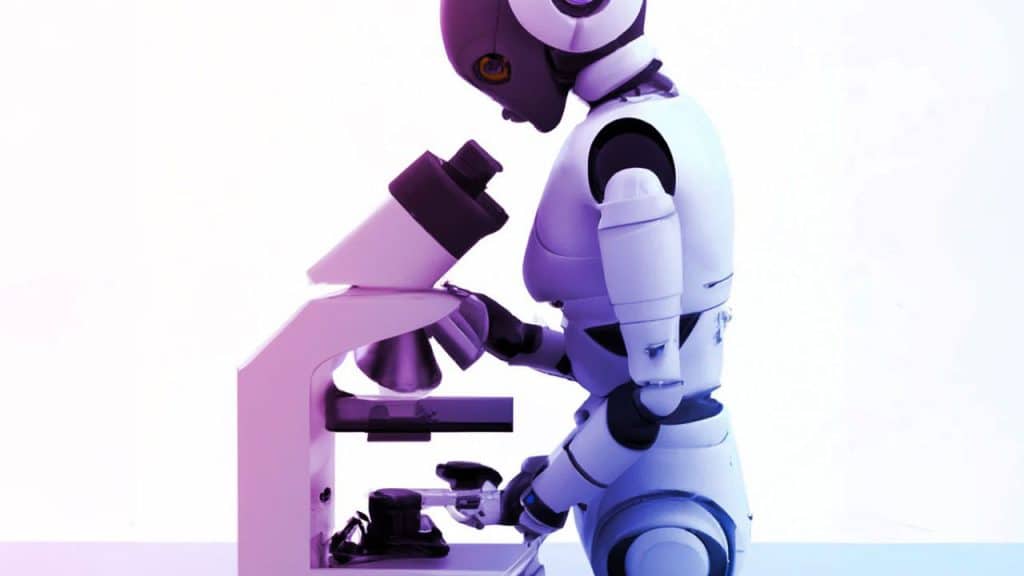AI is one of the great new frontiers in medicine, leading to all kinds of new treatments and approaches. Now there’s yet another way that it may help improve our longevity, by identifying new senolytics that could stem the tide of aging and help us preserve our health for longer (https://longevity.technology/news/ai-identifies-three-new-antiaging-senolytic-candidates/).
If you know anything about longevity science, you’ve probably heard of senescence, or the way some cells stop working properly as they age. Instead of dividing as they should, they deteriorate and become damaged, releasing all kinds of harmful toxins that have been linked to various age-related health problems. That includes diabetes, cardiovascular diseases and Alzheimer’s. No wonder they’re sometimes known as “zombie cells”.
That’s where senolytics come into play. A senolytic is any molecule that can counter senescent effects such as inflammation, even reducing the risk of cancer. They do this by targeting the offending cells and killing them off completely. Think of it like an antibiotic, except instead of destroying bacteria, it’s destroying senescent cells.
Senolytics are potentially hugely valuable, so trying to find new ones is an important line of research for scientists. That includes the biotech experts from MIT and Harvard who decided to use AI to screen more than 800,000 molecules and compounds, looking for the ones with senolytic properties. They found three that could be promising candidates for senolytic drugs, perhaps even more effective than those currently being tested.
The compounds discovered by the AI were able to selectively target senescent cells without causing damage to healthy ones. They were bound to a protein called Bcl-2 that helps regulate cell death (it’s important in chemotherapy, too). Various tests, including hemolysis, genotoxicity, biochemical analysis and structural analysis, showed that it was unlikely to be toxic and could have good oral bioavailability. Trials were then run on elderly mice that saw their senescent cells removed.
AI can do this by using its neural networks to produce experimental data that predicts activity in the molecules under investigation. Of course, experimental predictions and tests on mice aren’t enough to conclusively state whether these molecules really can produce effective senolytic drugs for humans, but they’re a sign that we’re heading in the right direction. This research could lead to major breakthroughs in how we discover new drugs as well as in how we use modern biotech like AI in healthcare and longevity.




